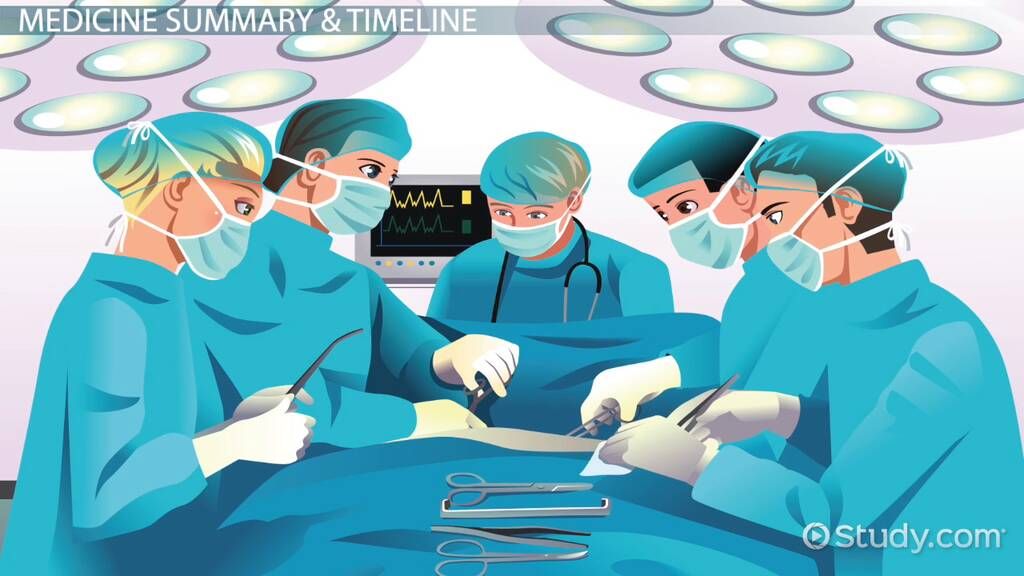Understanding Common Medical Tests and Procedures
When it comes to medical care, there are a variety of tests and procedures that are commonly used to diagnose and treat various conditions. Understanding these tests and procedures can help patients feel more informed and empowered when it comes to their healthcare decisions.
Blood Tests
Blood tests are a common diagnostic tool used to assess a variety of health indicators, such as cholesterol levels, blood sugar levels, and overall organ function. These tests involve drawing blood from a vein and analyzing it in a laboratory to provide valuable information about a person’s health status.
Imaging Tests
Imaging tests, such as X-rays, CT scans, and MRIs, are used to visualize internal structures of the body and diagnose conditions such as broken bones, tumors, and internal bleeding. These tests are non-invasive and provide detailed images that can help doctors make accurate diagnoses and treatment plans.
Biopsy
A biopsy is a procedure in which a small sample of tissue is removed from the body and examined under a microscope to diagnose conditions such as cancer, infections, and autoimmune disorders. Biopsies can be performed using a variety of methods, including needle biopsies and surgical biopsies.
Endoscopy
Endoscopy is a procedure in which a flexible tube with a camera on the end is inserted into the body to examine internal organs and tissues. This procedure is commonly used to diagnose conditions such as ulcers, polyps, and gastrointestinal bleeding. Endoscopy can also be used to perform minimally invasive surgeries.
Electrocardiogram (EKG)
An electrocardiogram (EKG) is a test that measures the electrical activity of the heart and can help diagnose heart conditions such as arrhythmias, heart attacks, and heart failure. This test involves placing electrodes on the chest, arms, and legs to record the heart’s electrical signals.
Colonoscopy
A colonoscopy is a procedure in which a flexible tube with a camera on the end is inserted into the colon to screen for colon cancer, polyps, and other gastrointestinal conditions. During a colonoscopy, doctors can also perform biopsies and remove polyps to prevent the development of cancer.
Conclusion
Understanding common medical tests and procedures is essential for patients to make informed decisions about their healthcare. By familiarizing themselves with these tests and procedures, patients can feel more confident in discussing their health concerns with their healthcare providers and actively participating in their treatment plans.

